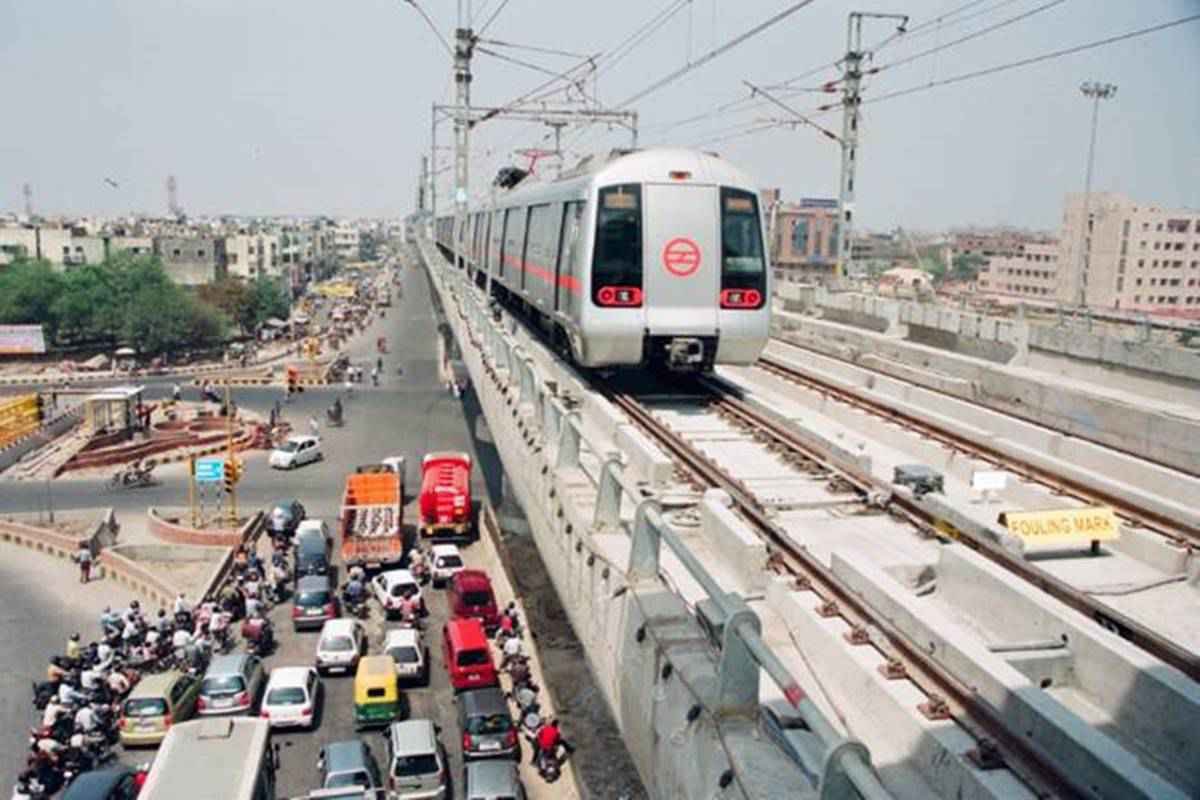On Wednesday, September 27, the planning body of the Delhi Development Authority (DDA) approved several significant projects aimed at improving the city’s transportation infrastructure. These approvals included multi-modal integration plans for metro stations at Tis Hazari, Rithala, and Seelampur, along with a comprehensive plan to enhance walkability in the areas surrounding prominent landmarks like Purana Qila, the ITPO complex, and Delhi Zoo.
Multi-modal integration plans for metro stations
These plans include an integrated network of streets, street layout and design, signal-controlled and elevated street crossings, well-placed interchange points, and designated parking areas for bicycles, buses, auto-rickshaws, and private vehicles. Additionally, they incorporate on-street parking, public restroom facilities, lighting, designated hawker zones, signage, street maps, and various public transportation choices, all aimed at ensuring smooth and efficient last-mile connectivity.
The statement confirmed the approval of multi-modal integration plans for Tis Hazari, Rithala, and Seelampur metro stations. These plans encompass interconnected street networks, street design, signal-controlled and grade-separated street crossings, strategically located interchange points, parking facilities for bicycles, buses, auto-rickshaws, and private cars, on-street parking availability, public restrooms, adequate lighting, designated hawker zones, signage, street maps, and comprehensive public transportation options, all designed to ensure seamless last-mile connectivity.
Key decisions of 68th Governing Body Meeting of UTTIPEC
These decisions were reached during the 68th Governing Body Meeting of the Unified Traffic and Transportation Infrastructure (Planning & Engineering) Centre (UTTIPEC), which was presided over by Delhi’s Lieutenant Governor, V K Saxena.
Furthermore, the meeting also approved the construction of road overbridges (ROBs) at railway level crossings number 12 and 18 in Kirari and Ghevra, respectively, along with a road underbridge (RUB) at Narela Mandi railway level crossing number 16 in Narela. These projects aim to alleviate the traffic congestion stemming from frequent railway crossings, with certain sections experiencing the passage of up to 100 trains daily, resulting in significant traffic jams, delays, and air pollution.
Lt. Governor Saxena underscored the significance of integrating cutting-edge international technologies into the project development and approval processes at UTTIPEC. Saxena emphasized the importance of thorough prospective planning, which should take into account anticipated traffic volumes, population expansion, and residential areas before granting approval to proposals. Furthermore, Saxena directed that all forthcoming projects seeking approval must include clearly defined timelines for their execution.
Improving overall mobility in city
Officials anticipate that the decisions made in this meeting will have a significant positive impact, including the reduction of traffic congestion, improved traffic flow, the creation of pedestrian-friendly environments, the promotion of cycling, and overall enhanced mobility throughout the city.
These measures hold particular importance in densely populated areas of northwest Delhi, such as Kirari, Kanjhawala, Ghevra, Bawana, and neighboring Bahadurgarh, where longstanding traffic issues have been a persistent concern.
Furthermore, the meeting also addressed progress on the Mandi Road Project, which involves road widening and land acquisition processes aimed at further alleviating traffic-related challenges in the city.
Source: financialexpress.com


